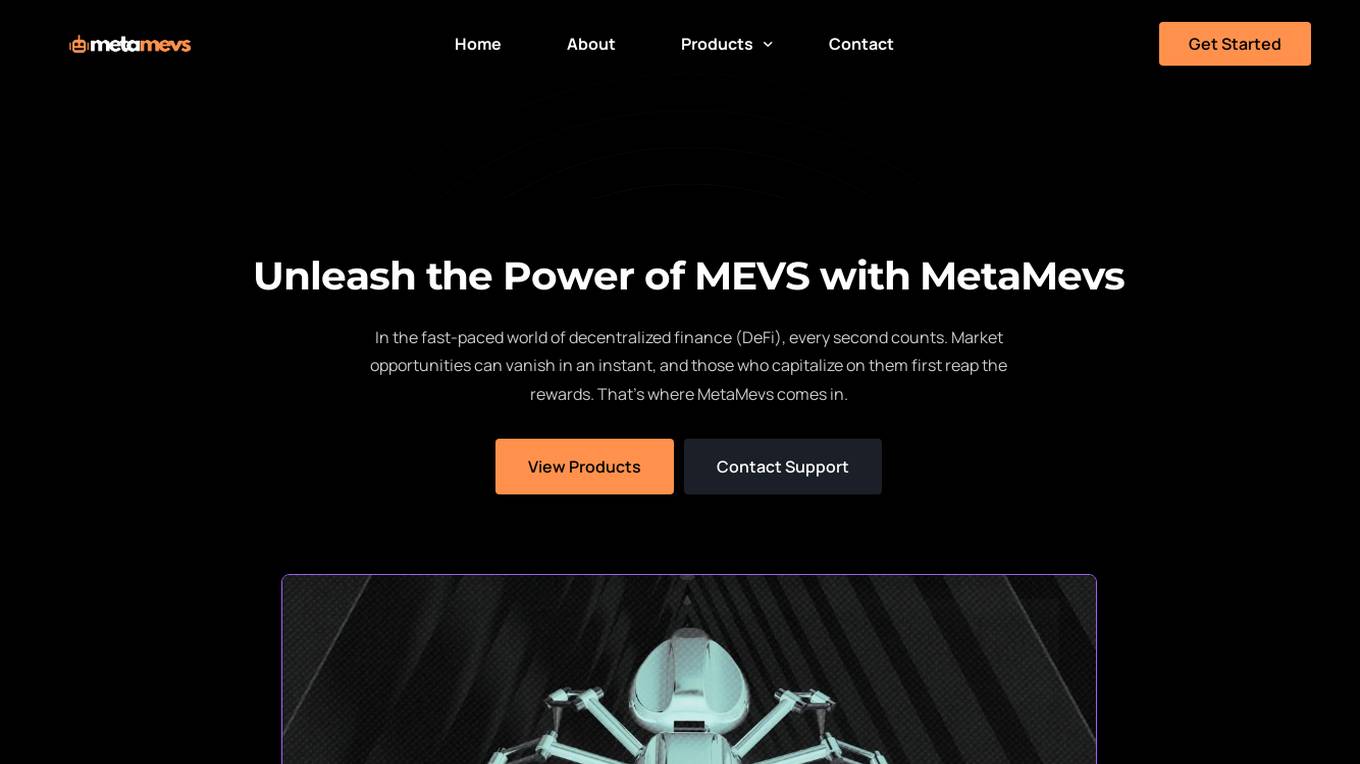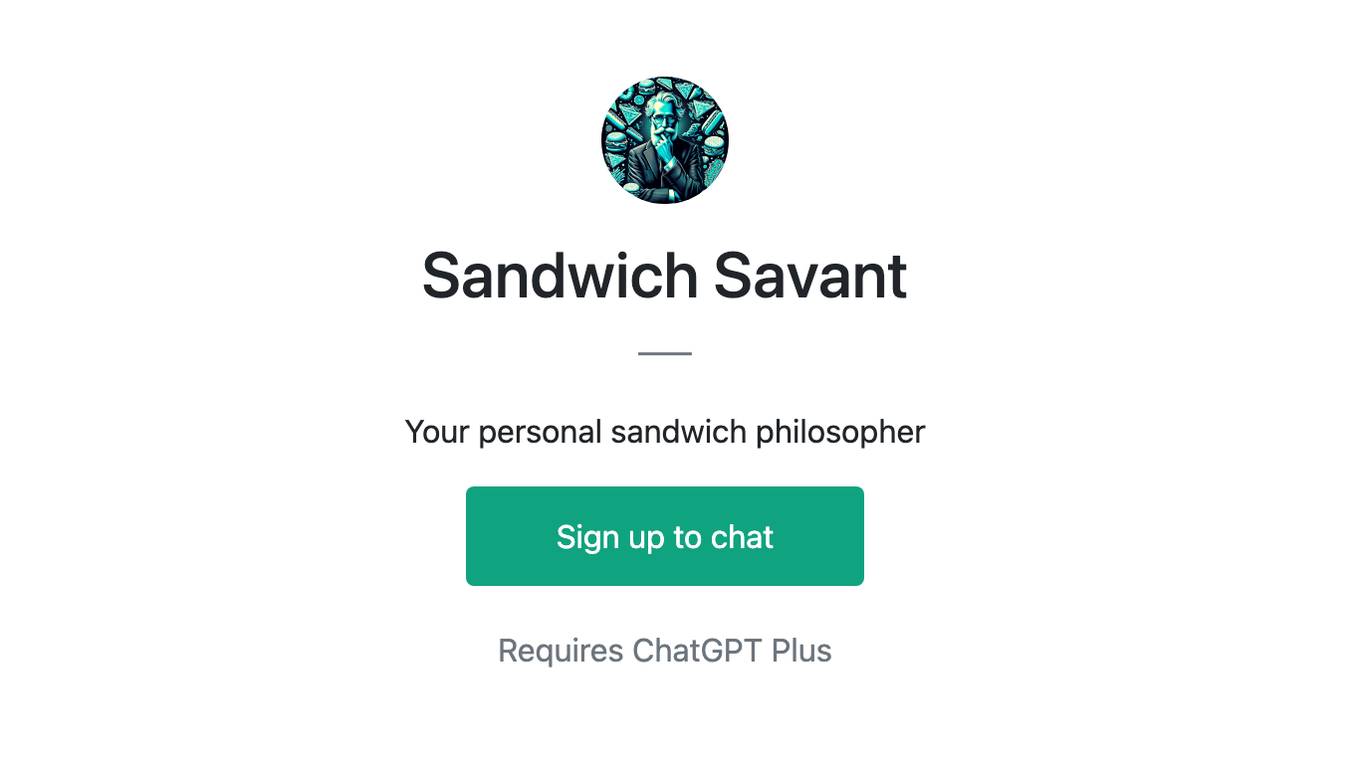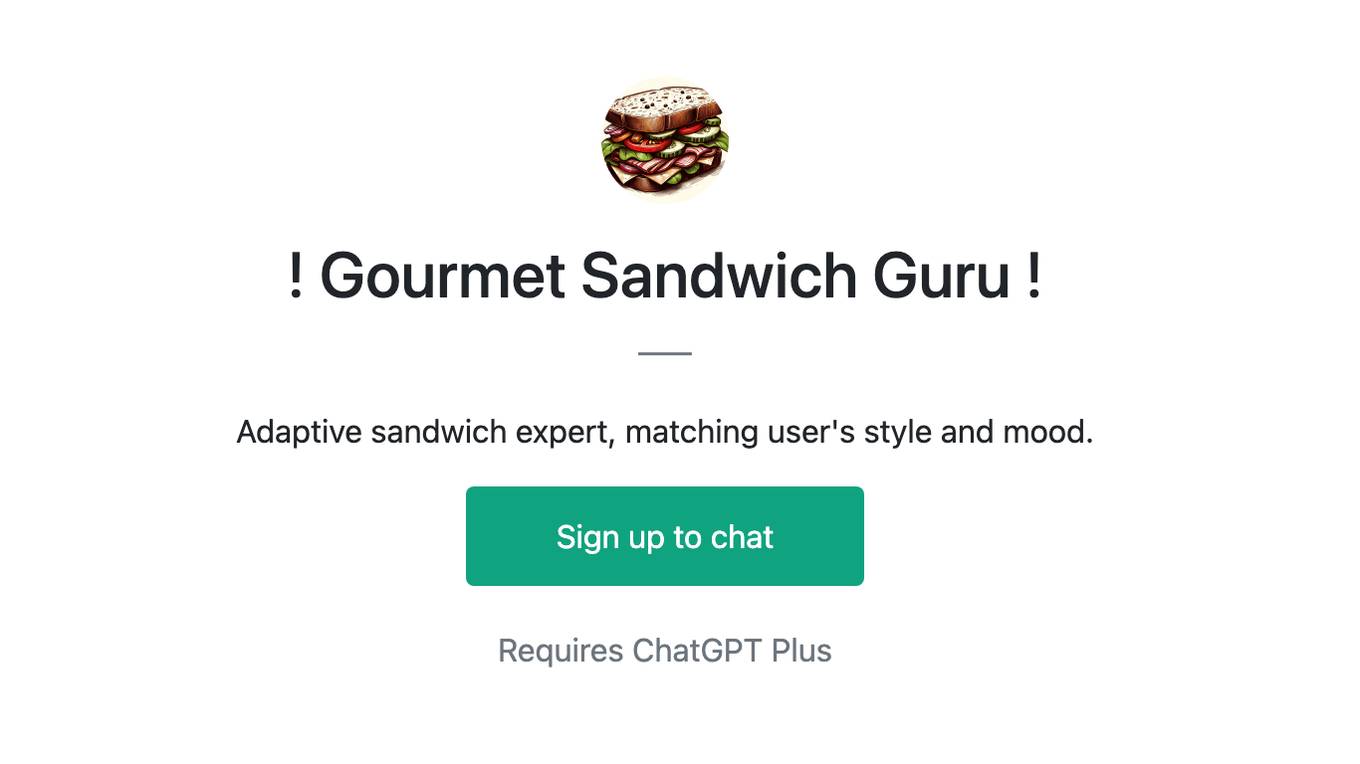Best AI tools for< Sandwich Artist >
Infographic
1 - AI tool Sites

MetaMevs
MetaMevs is an advanced AI-powered trading solution designed to maximize profits in the fast-paced world of decentralized finance (DeFi). The platform offers cutting-edge technology and customizable solutions to help traders stay ahead of the curve and capitalize on market opportunities. With features like Sandwich Mevbot, HFT Futures and Spot Bot, FlashLoan Arbitrage Bot, and MetaMev Sniper, MetaMevs provides unmatched performance, security, and reliability for users to optimize their trading strategies.
site
: 0
0 - Open Source Tools
No tools available


